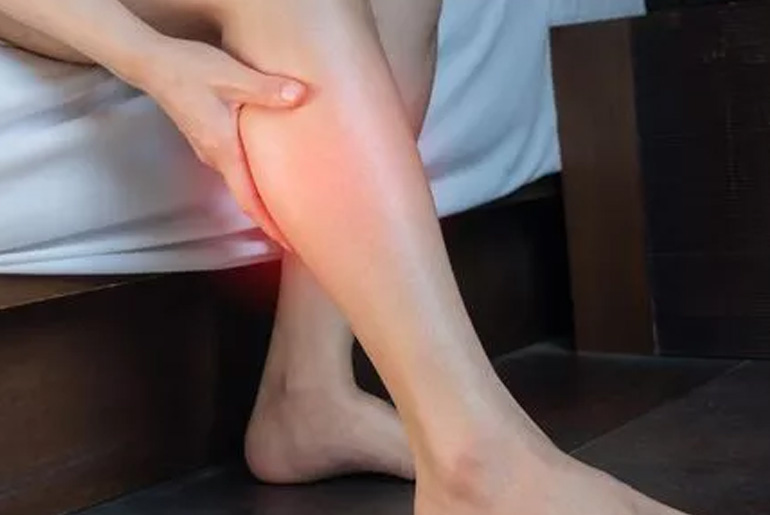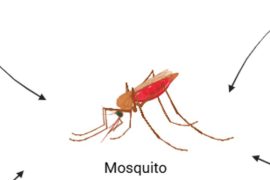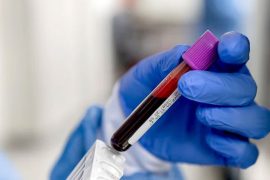Leg pain can sometimes be more than just a minor inconvenience; it could be a warning sign of high cholesterol levels. When cholesterol builds up in the arteries, it can lead to a condition called peripheral artery disease (PAD). PAD occurs when the arteries that supply blood to the limbs, particularly the legs, become narrowed or blocked due to plaque buildup. This restricted blood flow can cause leg pain, especially during physical activities like walking or climbing stairs.
Recognizing Symptoms of PAD
The most common symptom of PAD is called claudication, which is a cramping pain in the legs that occurs with exercise and typically goes away with rest. This pain is often felt in the calves but can also affect the thighs or buttocks. The severity of the pain can vary, but it usually gets worse over time if left untreated. Other symptoms of PAD include leg numbness or weakness, coldness in the lower leg or foot, sores on the toes or feet that heal slowly, and a weak pulse in the legs or feet.
The Role of High Cholesterol in PAD
High cholesterol plays a crucial role in the development of PAD. Cholesterol is a fatty substance that can build up on the walls of the arteries, forming plaques. Over time, these plaques can harden and narrow the arteries, reducing blood flow. When this happens in the arteries that supply blood to the legs, it can lead to the symptoms associated with PAD. Individuals with high cholesterol are at a higher risk of developing PAD, particularly if they also have other risk factors such as smoking, diabetes, or high blood pressure.
Why Leg Pain Shouldn’t Be Ignored
Ignoring leg pain could have serious consequences, especially if it is related to high cholesterol and PAD. PAD not only increases the risk of leg pain and mobility issues but also raises the risk of heart attack and stroke. This is because PAD indicates a widespread build-up of plaque in the arteries, which can affect not just the legs but also the arteries leading to the heart and brain. Therefore, addressing leg pain early on can be crucial for preventing more severe cardiovascular events.
What to Do If You Suspect PAD
If you experience persistent leg pain, especially during exercise, it is important to consult a healthcare provider. They may recommend tests to check for PAD, such as an ankle-brachial index (ABI) test, which compares the blood pressure in your ankle to the blood pressure in your arm. Treatment for PAD typically involves lifestyle changes such as quitting smoking, exercising regularly, and eating a heart-healthy diet to lower cholesterol levels. In some cases, medications or procedures to improve blood flow may be necessary.
Treatment and Lifestyle Changes:
Managing high cholesterol involves a combination of medication and lifestyle modifications:
- Medication: Follow the doctor’s prescription without fail.
- Diet: Maintain a well-balanced diet to help control cholesterol levels.
- Exercise: Engage in regular physical activity under expert guidance.
- Avoid Smoking and Alcohol: These habits can worsen cholesterol-related issues.
- Weight Management: Keep your weight within a healthy range to reduce strain on the arteries.
Conclusion: Taking Leg Pain Seriously
Leg pain can be a warning sign of high cholesterol and peripheral artery disease. If you experience unexplained leg pain, especially during physical activity, it is important to seek medical advice. Early detection and management of high cholesterol and PAD can help prevent more serious health issues and improve your overall cardiovascular health.
Disclaimer:
The information contained in this article is for educational and informational purposes only and is not intended as a health advice. We would ask you to consult a qualified professional or medical expert to gain additional knowledge before you choose to consume any product or perform any exercise.







